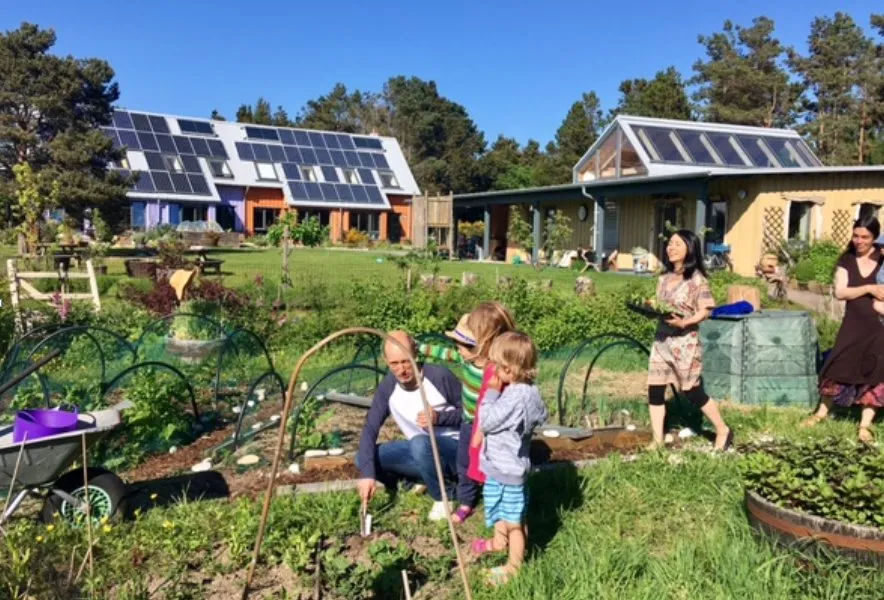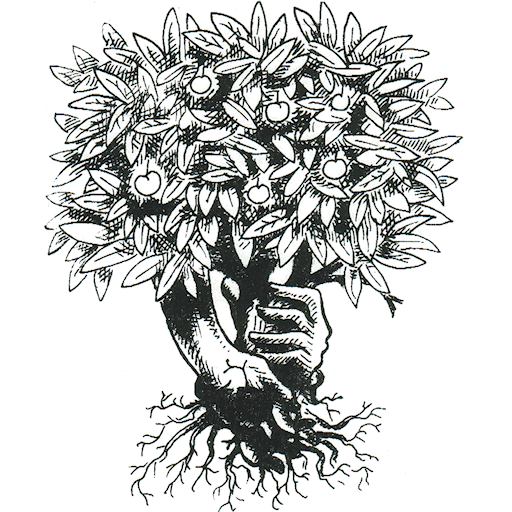Restoring our bond with Mother Earth
I’m writing to share a vision with you which feels increasingly vital for our survival. This vision interweaves two ideas which I see discussed increasingly, but only rarely connected. One is the urgent need to increase local food production in the UK (especially vegetables, fruit, proteins), as climate change cuts the imports we heavily depend on. The other is to recover a relationship of care and respect with the Earth, to treat it as sacred, as an essential step in regenerating the ecosystems humanity is destroying.
By sacred, I mean connecting with the spirit, the non-material dimension, in all life – including plants, animals, trees, and the Earth, in an attitude of respect and mutuality. This does not imply any religious doctrine, and doesn’t need to be esoteric: it can be as simple as listening, and seeking dialogue, with the land and the plants we are cultivating.

An example of Sacred Land Cultivation at Findhorn Foundation
There are already various well-established forms of what I’m calling sacred land cultivation. Here are some examples:
- Biodynamic farming and gardening.
- For some, permaculture is a spiritual approach, and there are books and trainings on this.
- Many different methods used for centuries by indigenous cultures across the world.
- Attuning with devas (nature spirits), as practised at Findhorn and Perelandra (Machaelle Small Wright).
- The emerging topics of deep agroecology and subtle agroecology embody this outlook.
There is a third idea, for which there’s growing interest, which would hopefully be woven into projects in embodying Sacred Land Cultivation: the community dimension. The climate and related crises will push us all towards sharing resources and mutual support: but it’s not easy to achieve this in a society built on individualism and self-contained households.
Reconnecting people with food provision through Community Supported Agriculture schemes could be a good catalyst. And so could hubs which embody and share skills in practical and emotional resilience and adaptation: these could be low-impact garden hamlets, an idea explored in another of my blogs, see more here.
I’m not suggesting that these ideas are new, and there are many inspiring projects already based on broadly these approaches, not to mention the millions of people in so-called ‘poorer’ countries, who are still practising traditional forms of cultivation along these lines, despite all the pressures pushing against this.
Sacred Land Cultivation: the multiplication game
Given the scale of the climate and ecological crises, there’s a desperately urgent need for much more local, small-scale, resilient, regenerative food production. I share the views of Chris Smaje, The Landworkers’ Alliance, The Land magazine, and others that relatively small units of land (e.g. 2-30 acres) worked labour-intensively in the right ways, are actually more productive per acre than large-scale industrial farming.
For this to happen across the country would clearly take huge changes in Government policy, and massive retraining, but there are already many local grassroots projects embodying small-scale labour-intensive cultivation, and my hope is that there will be many more in future, embodying Sacred Land Cultivation principles.
I am already exploring with others the possibility of a Community Supported Agriculture scheme for my new home town, Hay-on-Wye, which I hope will be based on these approaches, and I would love to help an informal network to emerge in which similar projects can share ideas, experience and support. If you would like to be part of this, please contact me.
